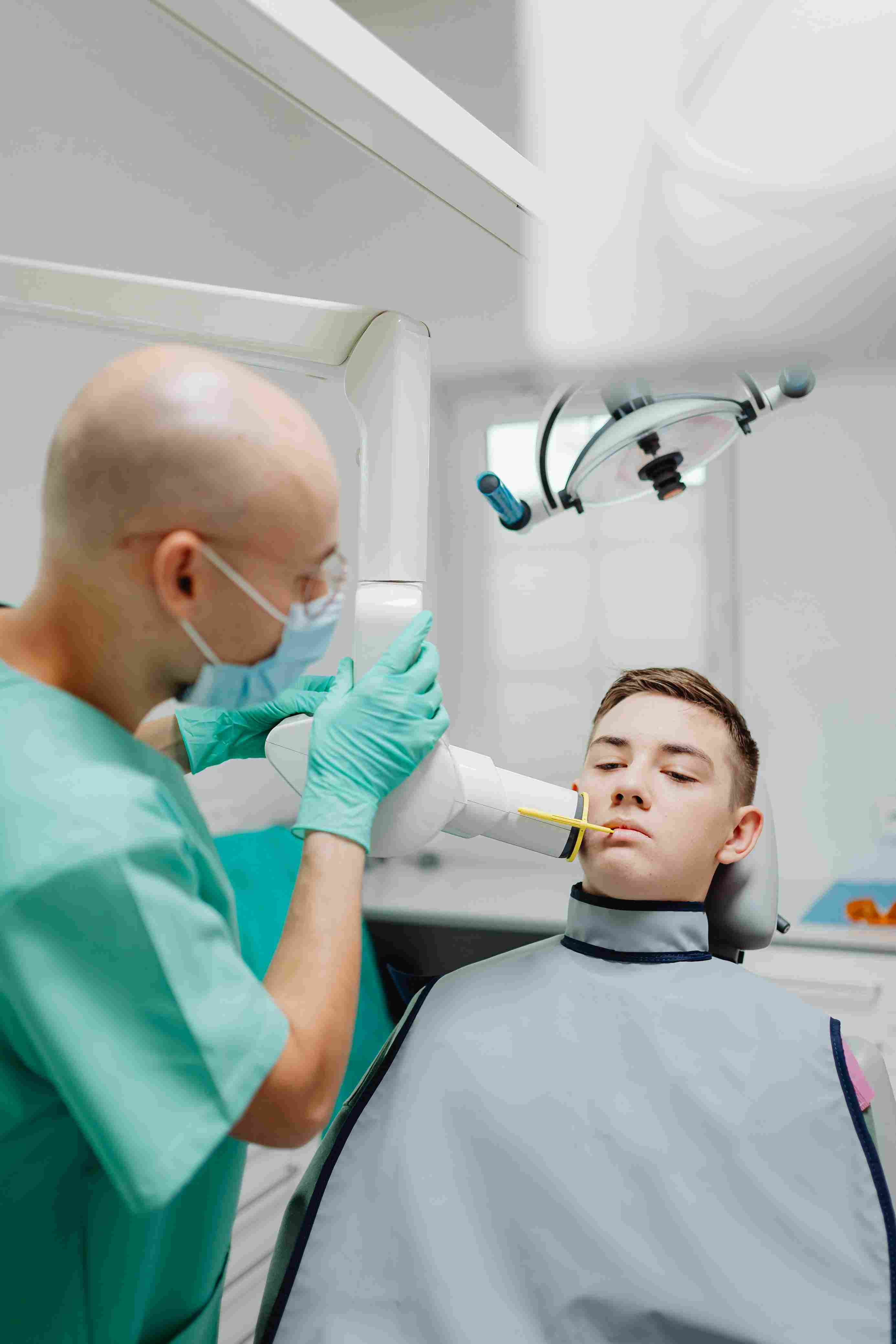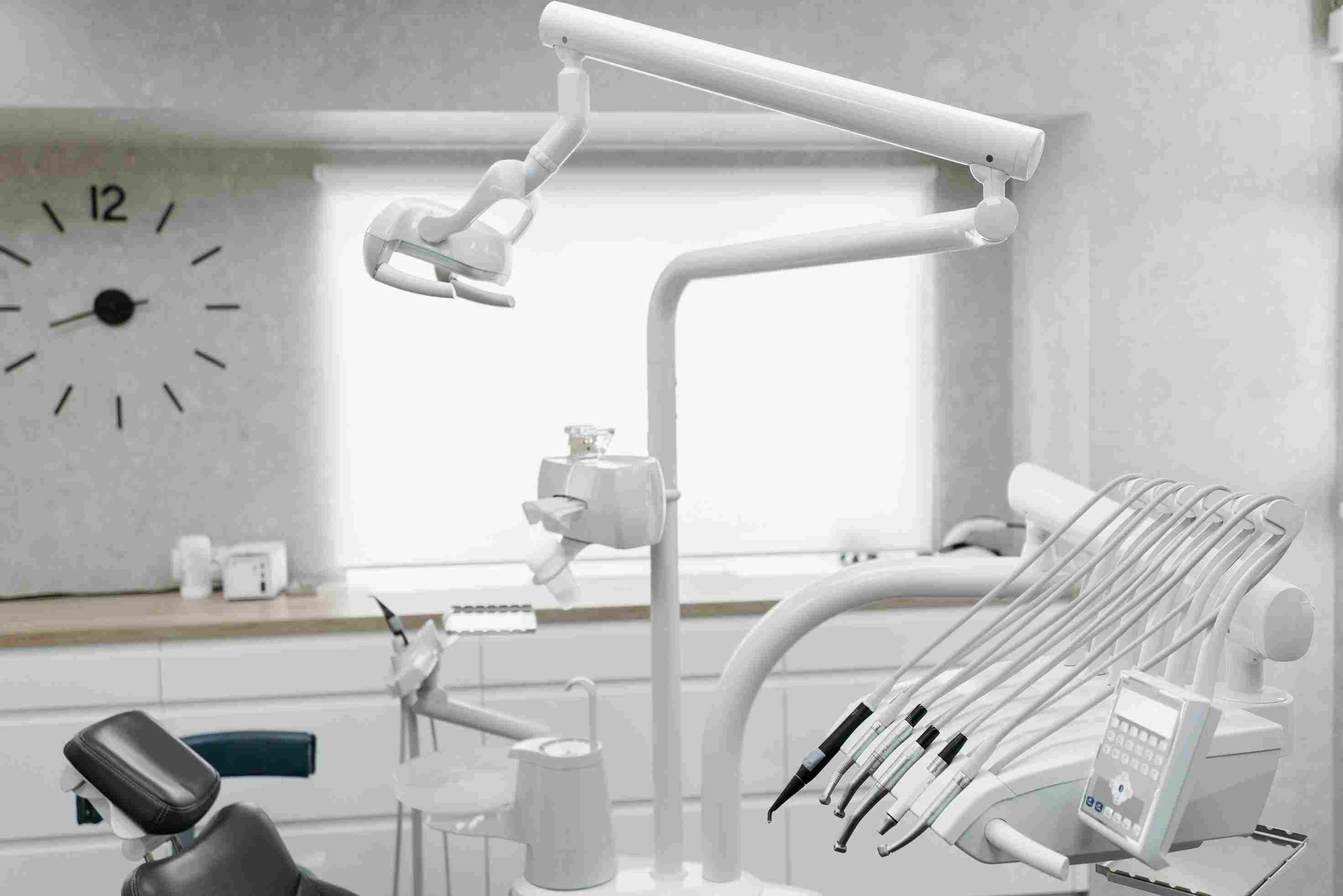Future of AI in Remote Patient Monitoring Systems

Shaping the Future of Healthcare with AI-Powered Remote Monitoring
Healthcare is rapidly evolving, and one of the most promising innovations is the future of AI in remote patient monitoring systems. Remote monitoring allows healthcare providers to track patient health outside traditional hospital settings, using connected devices that capture vital signs, symptoms, and daily activity. When combined with Artificial Intelligence (AI), these systems become even more powerful, offering predictive insights, faster decision-making, and improved patient outcomes.
Amid rising medical expenses, the growing burden of chronic conditions, and a worldwide shortage of healthcare professionals, AI-powered remote patient monitoring (RPM) is emerging as a transformative solution.
What is Remote Patient Monitoring and Why It Matters
Remote Patient Monitoring (RPM) refers to the use of digital technologies—such as wearable devices, mobile apps, and connected sensors—to collect and transmit patient health data to healthcare providers. These systems track metrics like:
- Blood pressure
- Heart rate
- Oxygen saturation
- Glucose levels
- Physical activity and sleep patterns
By using RPM, patients can receive timely interventions without frequent hospital visits, and doctors can monitor conditions in real time. This reduces hospital admissions, lowers healthcare costs, and improves quality of life.
The future of AI in remote patient monitoring systems enhances these benefits even further, creating smarter, more predictive solutions.
How AI is Transforming Remote Patient Monitoring
AI brings intelligence and automation to RPM systems. Instead of just collecting raw health data, AI analyzes patterns, detects risks, and provides actionable recommendations. Here are some key transformations:
1. Predictive Analytics for Early Intervention
AI algorithms can analyze trends in patient data and predict potential health complications before they escalate. For example, an AI-enabled RPM system can alert
doctors if a heart failure patient is showing early warning signs of deterioration, allowing preventive care.
2. Personalized Healthcare Insights
No two patients are the same. AI personalizes monitoring by learning each patient’s normal patterns and identifying unusual changes. This means treatment plans are more accurate and tailored to individual needs.
3. Real-Time Alerts and Decision Support
AI systems can instantly process incoming data and send alerts to healthcare providers or caregivers when abnormal readings occur. This ensures timely
interventions and reduces emergency hospital visits.
4. Integration with Telemedicine
The combination of AI, RPM, and telemedicine creates a complete ecosystem where patients can be monitored remotely, consulted online, and treated with personalized care—all from home.
5. Improved Chronic Disease Management
Conditions like diabetes, hypertension, and COPD require constant monitoring. AI enhances chronic disease management by detecting subtle changes in patient data and recommending lifestyle or treatment adjustments.
Benefits of AI in Remote Patient Monitoring Systems
The integration of AI into RPM brings several benefits to both patients and healthcare providers:
- Better Patient Outcomes: Early detection and proactive interventions lead to healthier patients.
- Reduced Hospital Readmissions: AI helps prevent complications, lowering the need for rehospitalization.
- Efficiency for Providers: Doctors save time with automated analysis and intelligent alerts.
- Cost Savings: Healthcare systems reduce expenses associated with emergency care and long hospital stays.
- Patient Engagement: AI-powered apps and dashboards keep patients informed about their health, encouraging active participation in their care.
The Future of AI in Remote Patient Monitoring Systems
Looking ahead, the future of AI in remote patient monitoring systems is bright, with several innovations on the horizon:
1. Advanced Wearables and IoT Devices
Future RPM devices will be smaller, smarter, and more accurate. AI will analyze continuous streams of data from wearable sensors, making remote care seamless.
2. Integration with Electronic Health Records (EHRs)
AI will ensure that remote monitoring data is automatically synced with patient records, giving doctors a complete view of patient history and improving decision-making.
3. Predictive Population Health Management
Beyond individual patients, AI will analyze large-scale data to identify community health trends, predict outbreaks, and support preventive care programs.
4. Natural Language Processing (NLP) for Patient Interaction
Future AI-powered RPM platforms may use NLP to allow patients to interact through voice commands, making health monitoring more user-friendly.
5. Ethical and Regulatory Advances
As AI becomes more central in healthcare, policymakers will establish stronger frameworks to ensure data security, HIPAA compliance, and responsible AI use.
Challenges to Overcome
Despite its potential, the widespread adoption of AI in RPM faces challenges:
- Data Privacy Concerns: Protecting sensitive health data is critical.
- Integration Issues: Many healthcare systems still struggle with interoperability.
- Cost of Implementation: Advanced AI solutions can be expensive for smaller clinics.
- Trust in AI: Patients and providers need confidence in AI-driven recommendations.
These challenges must be addressed for the future of AI in remote patient monitoring systems to reach its full potential.
Why Healthcare Providers Should Invest in AI-Powered RPM
The healthcare landscape is moving toward value-based care, where outcomes matter more than procedures. AI-enabled RPM systems align perfectly with this model by reducing costs and improving patient health. Hospitals, clinics, and even small practices can benefit from adopting these solutions to stay competitive and deliver high-quality care.
For patients, AI-powered remote monitoring means convenience, safety, and peace of mind. For providers, it means efficiency, cost savings, and improved outcomes.
Inspire Web: Helping Healthcare Innovators Stay Ahead
At Inspire Web, we are committed to helping healthcare organizations stay ahead in the digital transformation era. By embracing the future of AI in remote patient monitoring systems, providers can deliver smarter, safer, and more efficient care.
If you want to explore how technology can improve healthcare delivery, our blogs and resources are here to guide you with the latest insights.
Final Thoughts
The future of AI in remote patient monitoring systems is not just about technology—it’s about reimagining healthcare delivery. By combining connected devices with intelligent AI algorithms, we can create a system that is proactive, personalized, and patient-centered.
Healthcare organizations that invest in AI-driven RPM today will lead the way in shaping tomorrow’s healthcare.
Call to Action
Stay informed with Inspire Web and discover more about how AI is transforming healthcare. Visit our Inspire Web blog for expert insights and updates on healthcare innovation.
Articles
Build your awareness and get inspired with our researched articles on how you can strengthen your well-being
Contact Us
-
InspireWebApp
-
support@inspirewebapp.com
-
7600 Georgia Avenue Northwest, Washington, DC 20012, USA
Streamline Your Workflow with Inspire — Subscribe Now!
Join hundreds of healthcare professionals who trust Inspire to manage their documentation faster and more accurately.
Key Benefits
- ✅ Instant access to all tools
- ✅ Secure & HIPAA-compliant
- ✅ Designed for health Care providers
Popular Articles

Predictive Recovery Technology in Washington DC
By Zukane Mbuih

Automated Backup and Disaster Recovery for Healthcare Clinics
By Zukane Mbuih

Secure Cloud-Based Data Storage for Clinics
By Zukane Mbuih

AI Tools for Patient Flow Management in Clinics
By Zukane Mbuih